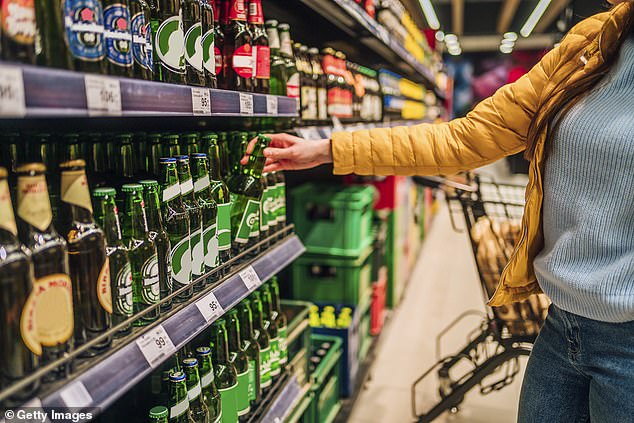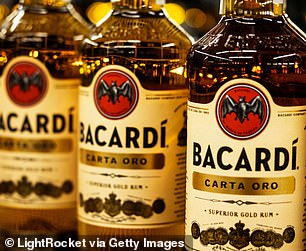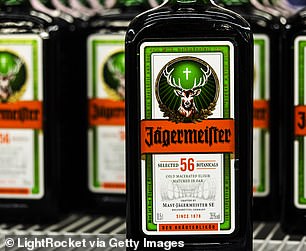American women are among the biggest binge-boozers in the world, but British women can drink them under the table
- American women outperformed women in most other countries, with 20.9 percent of adult women reporting heavy drinking
- Denmark and Britain rank highest on the binge drinking list
- The report defines binge drinking as consuming at least six drinks in one session
American women are among the heaviest binge-boozers in the world, but British women can drink them under the table, a newly released international report has found.
The Organization for Economic Co-operation and Development (OECD) has released its report ‘Health at a glance 2023’ reports on Tuesday, comparing alcohol consumption in the 38 member states.
Denmark and Britain rank highest on the binge drinking list, with 28 percent and 25.5 percent of adult women respectively reporting heavy episodic drinking in 2019.
American women, who ranked fourth, outperformed women in most other countries, with 20.9 percent of adult women reporting heavy drinking.
American women are among the heaviest binge-boozers in the world, but British women can drink them under the table, a newly released international report has found

Women in America, ranked fourth, outperformed women in most other countries, with 20.9 percent of adult women reporting heavy drinking


It has been consistently observed that men tend to consume alcohol more heavily than women, with 25 percent of men in the US and almost half of British men reporting heavy drinking
The report defines binge drinking as consuming at least six drinks in one session, at least once a month.
It has been consistently observed that men tend to consume alcohol more heavily than women, with 25 percent of men in the US and almost half of British men reporting heavy drinking.
The report highlights that alcohol consumption is a major risk factor for heart disease and stroke, liver cirrhosis and certain cancers
Alcohol use has become the leading cause of preventable deaths in the US, a study led by the Centers for Disease Control and Prevention (CDC) found last year.
A recent study from the Centers for Disease Control and Prevention (CDC) found that drug and alcohol-related deaths among people over the age of 65 had more than tripled over the past two decades, with 17,000 people dying from these causes in 2020 alone.
The number of deaths among women in this age group increased faster than among men.
Alcohol mortality rates were rising even before Covid-19 – a period when both men and women were known to turn to booze during the isolation and stress of pandemic lockdowns.
Women may have been drinking more due to stress, depression and anxiety, as well as loneliness, as many are left behind after the death of a male partner, experts say in a study published in JAMA.

The report defines binge drinking as consuming at least six drinks in one session, at least once a month

The report highlights that alcohol consumption is a major risk factor for heart disease and stroke, liver cirrhosis and certain cancers
Alcohol also affects women differently, the study explains.
Women’s bodies typically have less water to dilute alcohol concentrations than men, meaning they are more likely to experience health problems from drinking.
A previous study led by the CDC found that between 2015 and 2019, there were approximately 90,000 fatalities annually among adults aged 20 to 65 where drinking was an underlying or contributing cause.
Alcohol was responsible for 12 percent of deaths from all causes over the five-year period. Narrowed down to the 20 to 49 age group, alcohol was responsible for 20.3 percent of deaths.
Causes of death attributable to alcohol consumption include alcoholic liver disease, poisoning, car accidents, homicides, cirrhosis, and high blood pressure.
In total, there are 58 causes of death that may be linked to alcohol, including chronic conditions such as fatty liver disease and cirrhosis, cancer and car accidents.
Alcohol is responsible for a greater proportion of deaths among young people because they are more likely to engage in risky drinking behavior, while also less likely to die from many other common causes.
